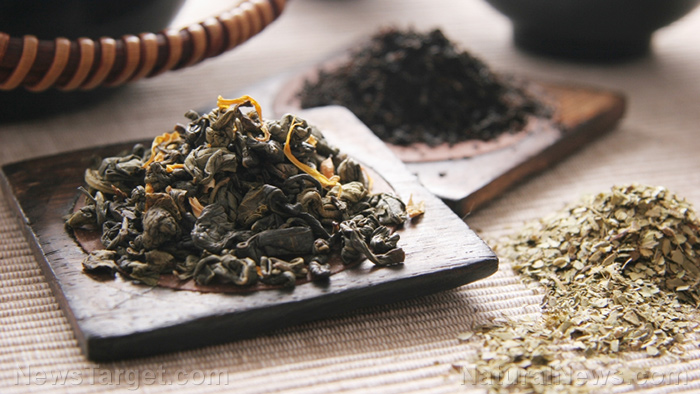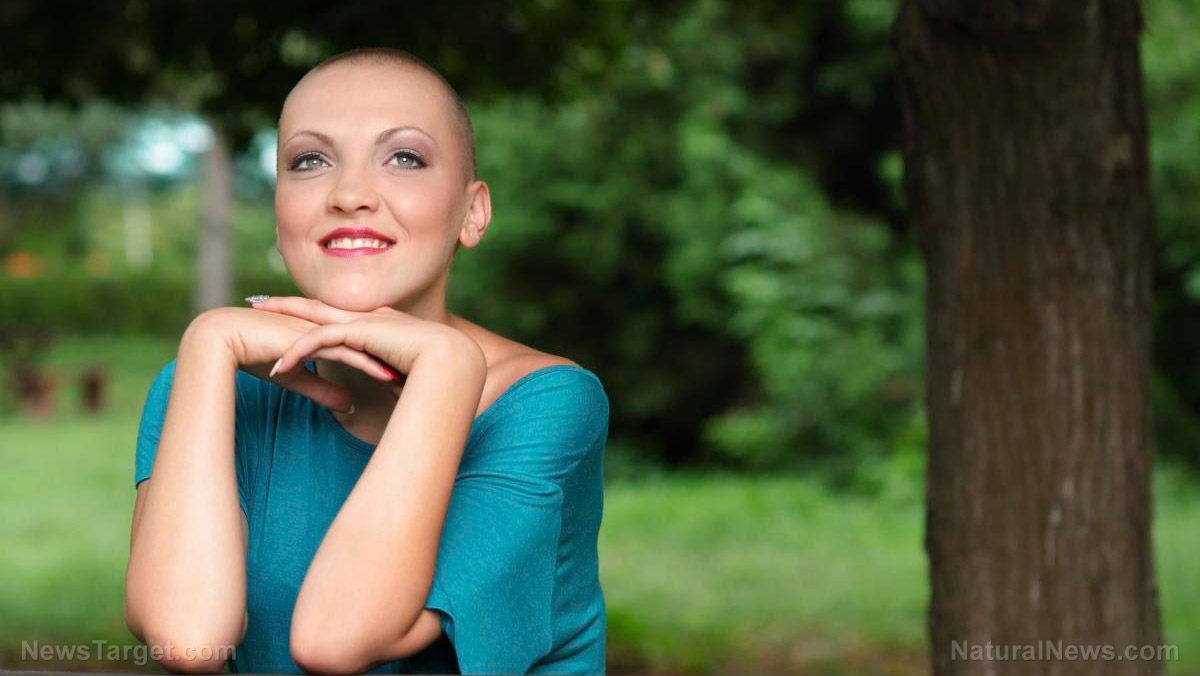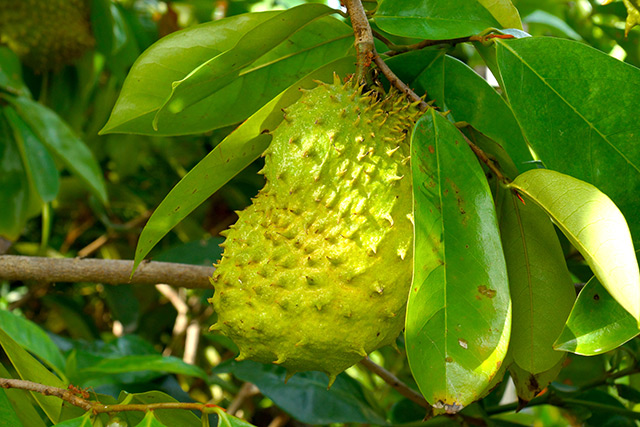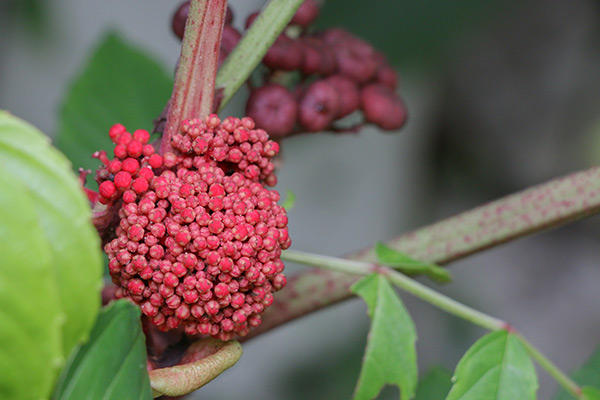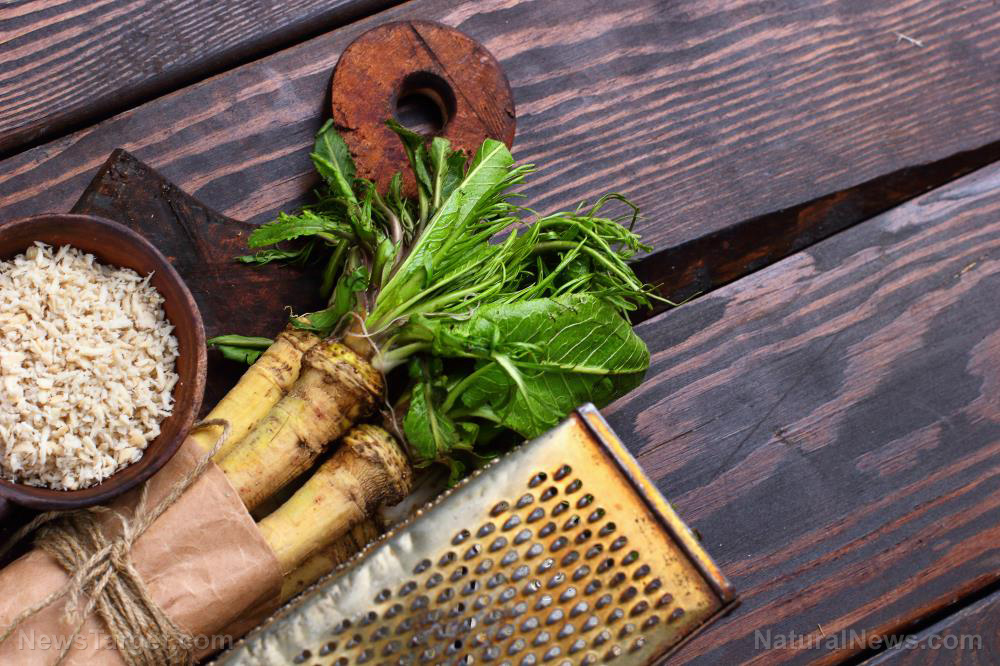Researchers uncover anti-cancer potential of plants used in traditional African medicine
12/25/2019 / By Evangelyn Rodriguez
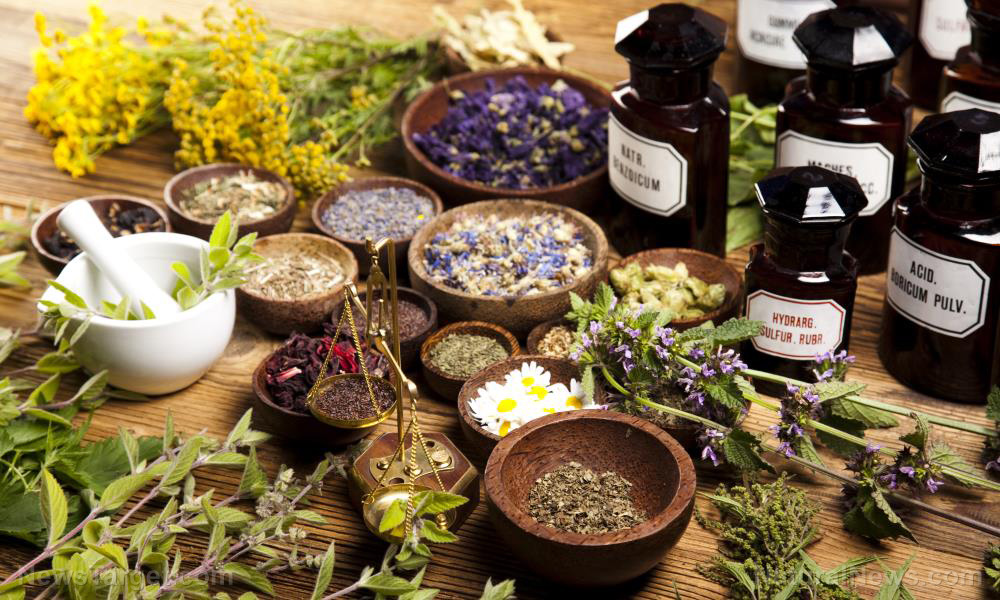
Traditional medicine is still widely practiced even today. According to the World Health Organization, about 80 percent of the population in developing countries rely on traditional medicine. For instance, in Africa, where divination, spiritualism and herbalism are predominant, the majority turn to traditional medicine as their primary health care. Herbal medicines, in particular, is considered the cornerstone of African traditional medicine.
But this dependence on plant medicine is not without merit. In a recent study published in the Journal of Medicinal Plants Research, Ethiopian and Swedish researchers looked at the therapeutic potential of seven medicinal plants used to treat breast cancer in Ethiopia. They found that while the plants exhibited varying levels of toxicity against human breast cancer cells, some of them contained compounds with potent anti-cancer activities. The researchers believe that these plant compounds could be further developed into new anti-cancer agents.
Medicinal plants used in Ethiopia show anti-cancer potential
A large portion of the population in Ethiopia rely on holistic health care in the form of traditional medicine. When it comes to treating serious diseases like breast cancer, traditional healers use indigenous plants which are known to possess various medicinal properties. These plants include:
- Sideroxylon oxyacanthum — Also known as the bully tree, this medicinal plant is used to treat various malignancies.
- Zanthoxylum chalybeum — Commonly known as knob wood, this shrub is used to treat stomach pains, urinary retention and malaria.
- Clematis simensis — The leaves of this woody climber is used to dress wounds and treat tropical ulcers and skin diseases like eczema. Research also suggests that it has antibacterial and antifungal properties.
- Clematis longicauda — According to studies, this flowering plant has antimicrobial properties and is a rich source of phytonutrients, such as tannins, saponins, flavonoids and steroids.
- Dovyalis abyssinica — Also called abyssinian gooseberry, this spiny shrub is used to treat indigestion and venereal disease.
- Vernonia leopoldi — Not much is known about this African shrub apart from its taxonomy.
- Clerodendrum myricoides — Also known as blue-flowered tinderwood or blue cats whiskers, this flowering plant is used to treat skin diseases, malaria and inflammatory diseases like rheumatism and asthma.
To investigate the anti-cancer effects of these plants, the researchers tested their cytotoxicity on different human breast cancer cell lines. Prior to extraction, the researchers measured the water content of the plants. They then used methanol to obtain crude extracts which they tested for cytotoxicity in a dose response assay.
The researchers subjected the methanol extracts of the most toxic plants to further solvent-solvent fractionation to gain petroleum ether, hexane, chloroform, ethyl acetate and water fractions. These fractions were also tested for cytotoxicity. (Related: Folk medicine plants from Mexico and Central America found to have anticancer potential.)
The researchers reported that the extracts from Z. chalybeum and C. myricoides were not toxic to cancer cells, but the extracts from S. oxyacanthum, C. simensis and D. abyssinica showed cytotoxicity. In the three human breast cancer cell lines that they used, the cytotoxic fractions had a half maximal inhibitory concentration (IC50) of 50 percent below one microgram per milliliter (ug/mL). IC50 refers to the concentration of a substance required to inhibit a biological or biochemical function.
The researchers also found that the ethyl acetate fraction of V. leopoldi was the most cytotoxic fraction. It had an IC50 of 0.87 ug/mL in JIMT-1 cells. The aqueous fraction of S. oxycanthum and the chloroform fraction of C. simensis also showed cytotoxicity against breast cancer cells.
Based on these results, the researchers concluded that the medicinal plants used to treat breast cancer patients in Ethiopia have varying in vitro toxicity. They hope their findings can guide future researchers in choosing the best plant from which to isolate new compounds for cancer treatment.
Sources include:
EssenceJournal.com [PDF]
Tagged Under: alternative medicine, anticancer, cancer cures, cancer treatment, disease treatments, herbal medicine, Herbs, natural cures, natural medicine, phytonutrients, plant medicine, prevention, remedies, research, women's health
RECENT NEWS & ARTICLES
COPYRIGHT © 2017 CANCER SOLUTIONS NEWS

